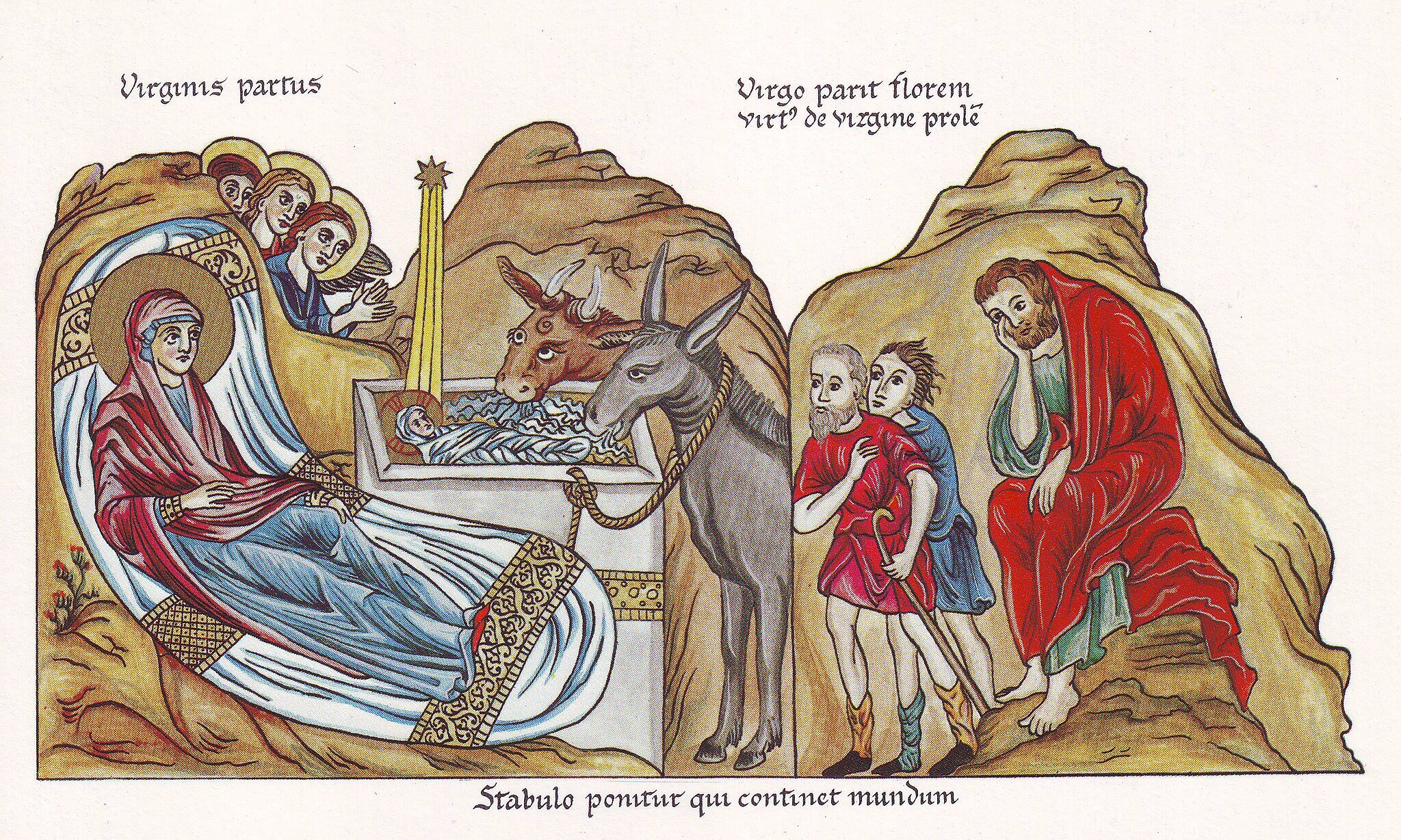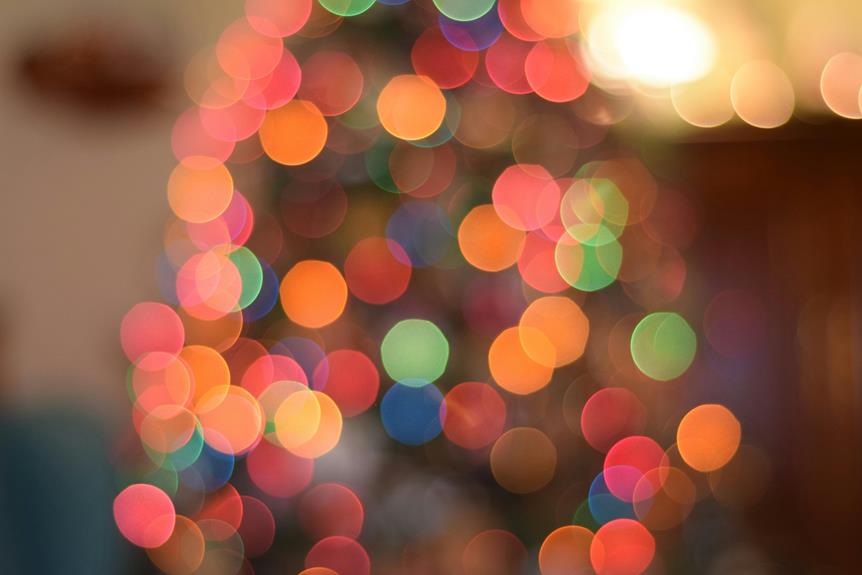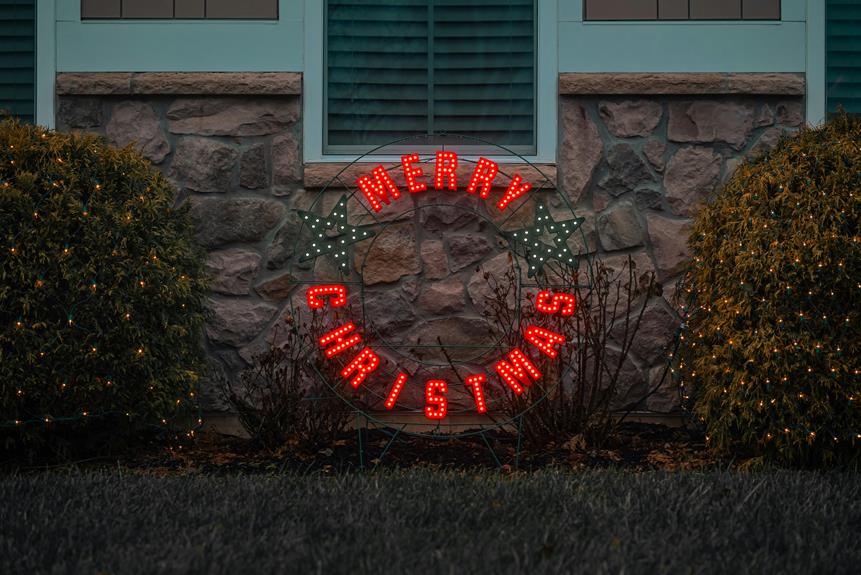You step into the medieval world, where Christmas celebrations merged pagan rituals with Christian traditions, weaving a tapestry of festivities and customs that would shape the holiday for centuries to come. Castle decorations, though simple, added festivity to the season, with evergreen branches, holly, and mistletoe symbolizing eternal life and fertility. Monasteries and convents influenced the way Christmas was celebrated in surrounding villages and towns. You’re about to uncover a world of feasting, merriment, and goodwill, where medieval Christmas traditions come alive – and there’s so much more to explore.
Key Takeaways
- Medieval Christmas traditions blended Christian and pagan practices, with monasteries and convents influencing village and town celebrations.
- Feasting, merriment, and social etiquette were central to medieval Christmas, with an emphasis on abundance, table manners, and charitable acts.
- Gift giving and charity were essential aspects of medieval Christmas, with nobles, clergy, and merchants engaging in alms distribution and hosting feasts for the poor.
- The festive atmosphere involved lively music, dance, and storytelling, with courtly love, jesters, and minstrels adding to the merriment.
- The Church played a significant role in shaping Christmas, establishing December 25 as the official date, and encouraging charity, goodwill, and unique traditions like evergreen trees and holly.
Medieval Christmas Traditions Emerge
During the early Middle Ages, Christmas traditions began to take root in Europe, especially in the 12th century. Monastic practices played a significant role in shaping these traditions. Monasteries, being centers of learning and spirituality, introduced hymns, chants, and liturgical dramas that honored the birth of Jesus Christ.
These practices spread quickly, influencing the way Christmas was celebrated in surrounding villages and towns.
As you explore medieval Christmas traditions, you’ll discover that castles also played a vital part. Castle decorations, though simple, added a touch of festivity to the season. Nobles and lords would adorn their castles with evergreen branches, holly, and mistletoe, symbolizing eternal life and fertility.
These decorations were often accompanied by lavish feasts, where guests would gather to share food, drink, and stories. These early traditions laid the groundwork for the festive celebrations you’re familiar with today.
As you examine more closely into the Middle Ages, you’ll uncover more fascinating customs that contributed to the evolution of Christmas.
Blurring Lines With Pagan Roots
As you explore deeper into medieval Christmas celebrations, you’ll find that many traditions borrowed heavily from pagan rituals, blurring the lines between Christian and pre-Christian practices.
The Pagan Legacy of winter festivals played a significant role in shaping medieval Christmas customs. The Winter Solstice, celebrated by ancient pagans, marked the longest night of the year and the beginning of the sun’s journey back towards the equator. This natural phenomenon was often associated with rebirth and renewal, themes that resonated with the Christian narrative of Christ’s birth.
As Christianity spread throughout Europe, early Church leaders incorporated existing pagan traditions into the Christmas celebration to make the new faith more relatable and appealing to the masses. This syncretism resulted in a unique blend of Christian and pagan practices, making it difficult to distinguish between the two.
You’ll notice that many medieval Christmas customs, such as decorating with evergreens and feasting during the winter months, have roots in pre-Christian rituals. By embracing these pagan roots, medieval Christians created a festive and inclusive holiday season that celebrated both the sacred and the secular.
Feasting and Merriment Abound
As you imagine yourself in the midst of a medieval Christmas celebration, you’d find that feasting and merriment were at the heart of the festivities.
The abundance of food was a reflection of the season’s pagan roots, where winter solstice celebrations often centered around feasting and revelry.
You’d be treated to a spread of roasted meats, stews, and sweet treats, all made possible by the art of food preservation. Salted meats, pickled vegetables, and dried fruits were staples in medieval cuisine, allowing for a bounty of flavors and textures during the festive season.
But it wasn’t just about the food – table etiquette played a significant role in medieval dining. You’d be expected to follow strict rules of conduct, such as washing your hands before eating and not speaking with your mouth full.
Amidst the revelry, you’d find that medieval Christmas celebrations were a true reflection of the season’s unique blend of Christian and pagan traditions.
Gift Giving and Charity Prevail
Receiving gifts and giving to others were essential aspects of medieval Christmas celebrations, and you’d find that the tradition of exchanging presents was deeply rooted in both Christian and pagan customs. This festive season was an opportunity for people to show their generosity and kindness, especially towards the less fortunate.
You’d see that charity played a significant role during Christmas, with many nobles and clergy engaging in *alms distribution*. This act of kindness not only brought joy to the recipients but also earned the givers spiritual brownie points.
Some notable examples of charitable acts during medieval Christmas include:
- Noble patrons hosting feasts for the poor and marginalized
- Monasteries and convents distributing food, clothing, and other essential items to those in need
- Wealthy merchants and traders providing financial assistance to struggling families
- Local churches organizing fundraising events to support the poor and the sick
Midwinter Revelries and Celebrations
During medieval Christmas, you’d find yourself surrounded by lively festivities, where the atmosphere was electric with music, dance, and feasting that lasted for days on end.
The Winter Solstice, a time of longest night and shortest day, marked the beginning of the festive season. Lords and vassals, peasants and nobles alike, would come together to celebrate the return of the sun and the coming of longer days.
As you join in the revelries, you’d be swept up in the joy and merriment.
You’d dance with the ladies of the court, exchanging sweet nothings and romantic gestures, all in the spirit of Courtly Love. The air would be filled with the sweet scent of roasting meats and the sound of laughter and music.
Minstrels would regale you with tales of chivalry and bravery, while jesters would keep you in stitches with their antics.
As the night wears on, you’d gather ’round the fire, swapping stories and sharing tales of old.
The Christmas festivities would be a time of forgetfulness, where social norms were set aside and people from all walks of life came together to celebrate the magic of the season.
A Season of Light and Warmth
As you bask in the warmth and light of the festive season, the cold and darkness of winter seem to fade away, replaced by a sense of comfort and joy that permeates every aspect of medieval life. The Winter Solstice, the shortest day of the year, marks the beginning of the sun’s journey back towards the equator, bringing with it the promise of longer days and warmer temperatures.
During this time, Hearth Fires play a central role in medieval households, providing warmth, light, and comfort. The fire’s flames seem to chase away the shadows, creating a cozy atmosphere that’s perfect for storytelling, singing, and merriment. As you gather ’round the fire with family and friends, you can’t help but feel a sense of togetherness and community.
Some of the ways medieval people celebrated the season of light and warmth include:
- Lighting candles and torches to symbolize the return of the sun
- Exchanging gifts, such as food, drink, and small trinkets
- Singing carols and telling stories of old
- Feasting on hearty, warming foods like roasted meats and stews
Superstitions and Omens Abound
Medieval minds buzzed with superstitions and omens, warning you to beware of spirits lurking in the shadows, evil eyes casting spells, and freak weather patterns foretelling doom.
As winter’s chill set in, you couldn’t shake the feeling that dark magic was afoot. Winter spirits, like the Germanic god Odin, were said to roam the land, seeking mischief and mayhem.
You’d hear whispers of witches weaving spells in the dead of night, their dark magic seeping into the very fabric of the season.
You’d take precautions to ward off these malevolent forces, hanging mistletoe above your door to repel evil spirits and lighting candles to chase away the darkness.
But even with these safeguards in place, you couldn’t help but feel a sense of unease. The howling wind, the creaking trees, and the flickering flames all seemed to conspire against you, hinting at some deeper, more sinister force at work.
As you huddled by the fire, trying to stay warm and safe, you couldn’t help but wonder what the night might bring.
The Church’s Influence on Christmas
The Church’s firm grip on medieval society meant that Christmas, like every other aspect of life, was heavily influenced by its teachings and traditions. As you explore the history of Christmas during the Middle Ages, you’ll find that the Church played a significant role in shaping the holiday’s celebrations and customs.
The Liturgical Calendar, which outlined the Church’s sacred rituals and festivities, placed Christmas as a pivotal event in the Christian year.
The Church’s influence extended far beyond the spiritual sphere, with Clerical Authority wielding significant power over the lives of medieval people. The Church’s teachings and traditions permeated every aspect of medieval life, including the way people celebrated Christmas.
Some key ways the Church influenced Christmas celebrations include:
- Establishing December 25 as the official date for Christmas
- Creating a festive atmosphere through music, art, and architecture
- Encouraging charity and goodwill towards others during the holiday season
- Developing unique Christmas traditions, such as the use of evergreen trees and holly
A Festive Time for All
During Christmas, you’d find bustling towns and villages transformed into vibrant hubs of activity, filled with people from all walks of life coming together to rejoice and celebrate.
The festive atmosphere was palpable, with laughter, music, and the aroma of roasting meats filling the air.
Royal Courts, too, were abuzz with merriment, as kings and queens hosted lavish feasts and tournaments, inviting nobles and commoners alike to join in the revelry.
In village life, Christmas was a time for communal celebration.
Neighbors would gather ’round to share stories, exchange gifts, and enjoy traditional foods like roasted goose and plum pudding.
The sound of carolers and minstrels filled the streets, adding to the festive ambiance.
Even the poorest of villagers would receive a special Christmas treat, as lords and ladies would distribute alms and food to guarantee everyone had a joyful holiday.
As you wandered through the villages, you’d see people of all ages and backgrounds coming together, united in their festive spirit.
It was truly a time for all to revel in the joy and magic of Christmas.
Frequently Asked Questions
Did Medieval People Decorate Their Homes for Christmas?
You might think medieval people didn’t bother with festive decor, but they did! They’d adorn their homes with green garlands and even rearranged their furniture to create a cozy atmosphere, making their spaces feel merry and bright.
Were Christmas Carols Sung During the Middle Ages?
You’re hitting the high notes, wondering if medieval folks harmonized with Christmas carols! Yes, you’ll find that monastic choirs sang sacred hymns, while secular songs, like folk tunes, were also belted out during festive gatherings, filling the air with joyful noise!
How Long Did Medieval Christmas Celebrations Last?
You’ll find that medieval Christmas celebrations lasted around 12 days, with feast preparation starting even earlier. You’ll attend Church services on Christmas Eve, then indulge in feasting, singing, and merriment with family and friends until Epiphany.
Were Medieval Christmas Festivities Only for the Wealthy?
You might think medieval festivities were only for the wealthy, but that’s not entirely true. While the wealthy enjoyed lavish feasts, the poor still participated, albeit with simpler celebrations, highlighting the social hierarchy and economic inequality of the time.
Did Medieval People Exchange Christmas Cards?
You’re probably guessing that medieval people sent festive greetings, but surprisingly, they didn’t exchange Christmas cards like we do. In fact, parchment production was expensive, and illuminated art was reserved for sacred texts, not secular sentiments.
Conclusion
As you close the curtain on Christmas in the Middle Ages, you’re left wondering: what secrets lie hidden in the shadows of these ancient traditions?
Will the whispers of pagan roots and superstitions continue to echo through the centuries?
The festive atmosphere and warm glow of candles may have faded, but the mysteries of medieval Christmas linger, beckoning you to uncover more.


